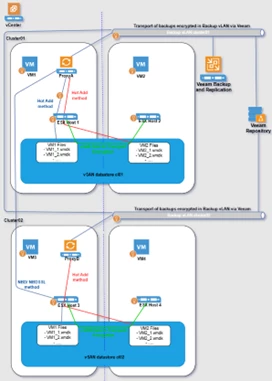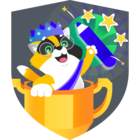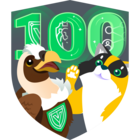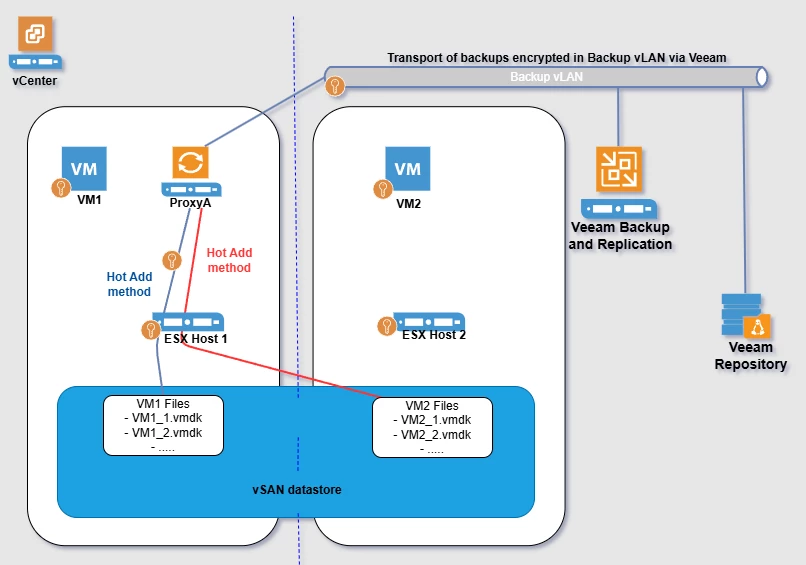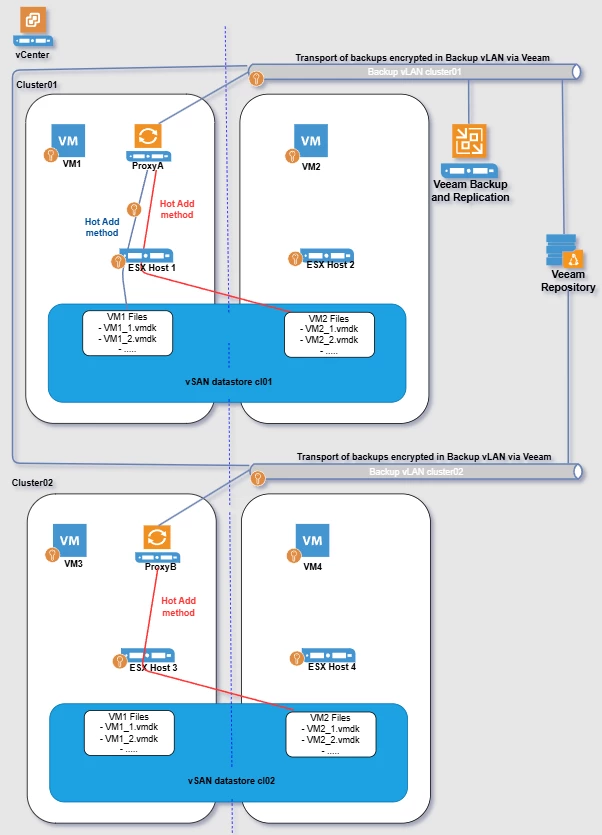I was inspired by several forum questions, where I would like to present, mainly for new members.
There are requirements of several level of encryption. This could be enabled on
- Backup level – encryption inside of backup job (for VM) (for agent is encryption on repository and for plugin is on database level)
- Platform level – encryption of VM should be provided
- Transport level – encrypted transport of backups to repository
For companies of sensitive data with highest security is not enough only to have encrypted backup and VM, but as well transport of backups.
Hot-Add Method
Veeam can take a snapshot and create link of snapshot (cloned VM) and attach virtual disks on Veeam Proxy. This is provided via ISCSI Hot-Add method, where backed up VM and Veeam proxy are running on the same ESX host.
This is best practice. So, the best is used with so many proxy servers as how many ESX hosts we have, because is best performance, latency of backup.
It could be used less proxy servers, but risk must be considered like performance and latency. Second issue that encryption of transport end-to-end is not valid anymore!
- Less Proxy Servers
Less proxy servers could be used and Veeam Proxy Server as Virtual Appliance is able to work and use Hot-Add method during backup. This is not valid only, if ESX hosts are near by themselves.
If vSAN is stretched as one datastore you proxy server and backup VM if it’s on:
- ESX host next to ESX host with Veeam Proxy
- ESX host located in another datacenter as ESX host with Veeam Proxy (if connection is fast enough)
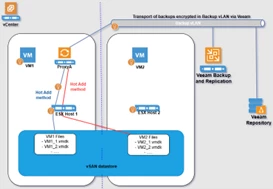
Backup of VM2 on different ESX host Hot-Add is not valid if
- ESX host is in another cluster (in this case NBD/NBDSSL is used)
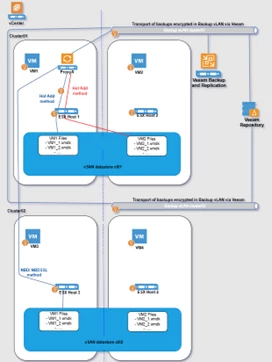
Backup of VM3 from different cluster without proxy inside Hot-Add method by multi-cluster solution
- for each cluster
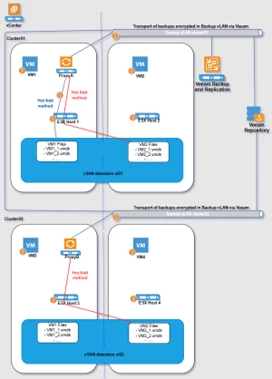
- Encryption E2E
Transport Encryption from Proxy Server to Repository Server is managed by Veeam:
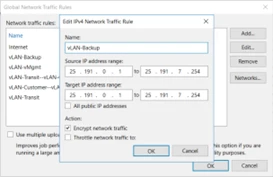
Creation of link to snapshot (cloned) on another ESX host is not same like on the same ESX host. This communication can be compromised (Red Hot-Add method).

To protect it, it must be enabled encryption on vSAN level.

There are several methods how to encrypt transport of backup from another ESX host. One of them, on vSAN, is to use vSAN Data In-Transport Encryption.
Multi-cluster Solution
